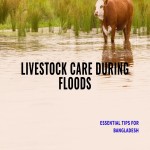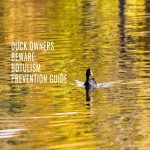
Unraveling Coryza: Avian Disease 🐔
Explore the complexities of Coryza, a highly contagious respiratory disease affecting chickens. This comprehensive blog post delves into the etiology, transmission, clinical signs, diagnosis, treatment, and prevention strategies related to Coryza. Discover how poultry farmers can effectively manage and prevent the spread of this stealthy avian disease, ensuring the health and productivity of their flocks. 🐔🚫

Contagious Ecthyma: The Silent Threat to Goats and Sheep 🐐🐑
Contagious ecthyma, also known as Orf or Soremouth, is a highly contagious and zoonotic disease that affects goats, sheep, and camelids. This comprehensive blog post explores the causes, symptoms, diagnosis, treatment, and prevention strategies related to this often-overlooked disease, providing valuable insights for farmers, veterinarians, and livestock workers.

Coccidiosis in Chickens: Causes, Symptoms, Treatment, Prevention, and Management Best Practices 🐔
Discover the insidious poultry disease known as coccidiosis and learn about its causes, symptoms, treatment options, prevention strategies, and effective management practices. Protect your chicken flock from this widespread and economically significant disease. 🐔🌾

TETANUS: A Serious Threat to Humans and Animals! 🐐
🐑🌾 Tetanus is a serious disease that affects humans and animals, causing muscular rigidity, hyperesthesia, and convulsions. Learn about its causes, clinical signs, treatment options, and prevention strategies in this comprehensive guide. Stay informed and protect yourself and your furry friends! 🚫💉

Lumpy Skin Disease in Cattle 🐄
Learn about Lumpy Skin Disease (LSD) in cattle, a highly contagious viral disease causing skin nodules and lumps. Explore its impact, transmission, symptoms, diagnosis, treatment options, and prevention strategies to safeguard your herd's health. 🐮💉🚫
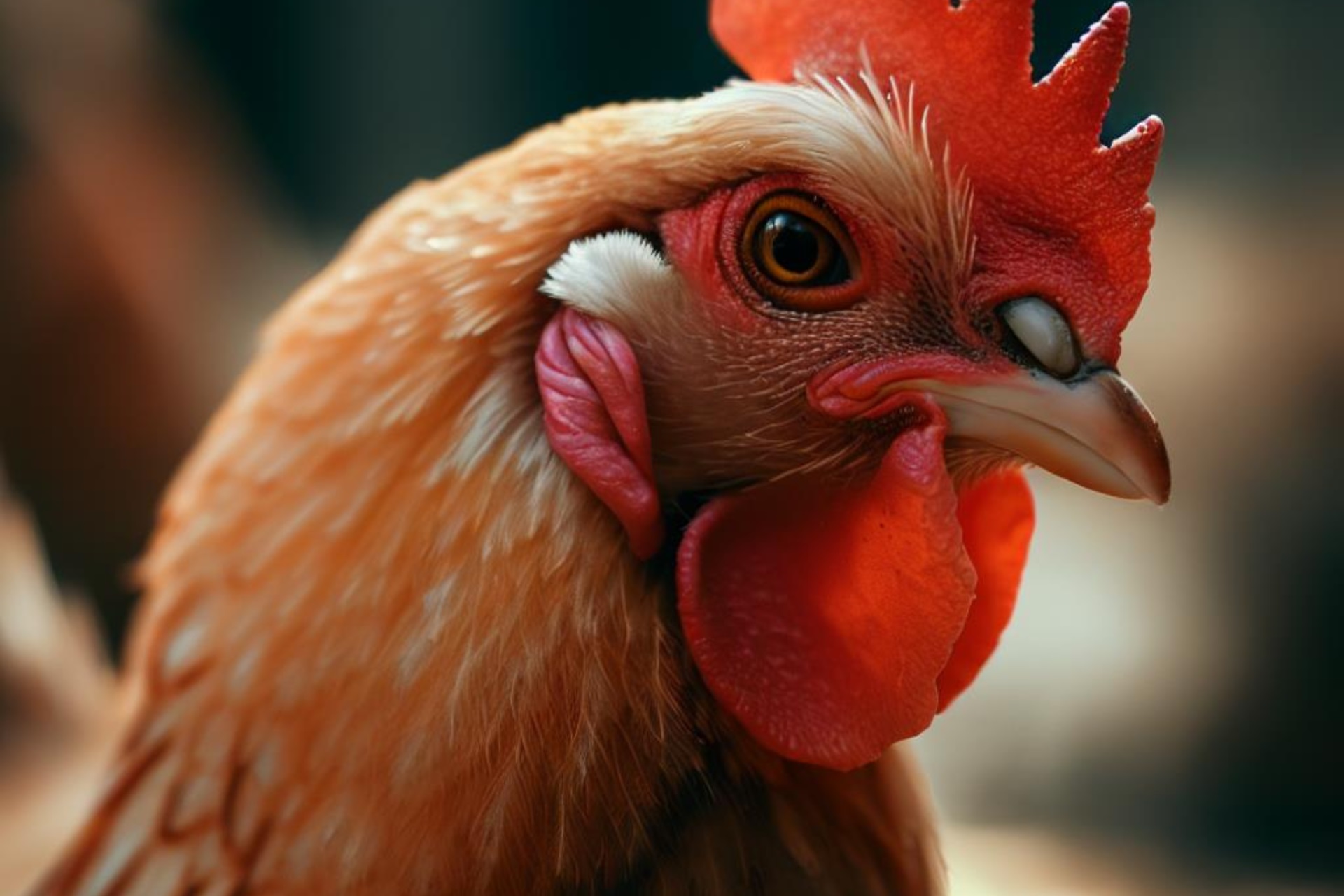
SEPTICEMIA AND AIRSACCULITIS: Understanding the Causes and Impact 🐣
Learn about the causes, transmission, and impact of septicemia and airsacculitis in poultry. Discover the pathological effects, diagnosis, treatment, and prevention methods to ensure the health and productivity of your flock.
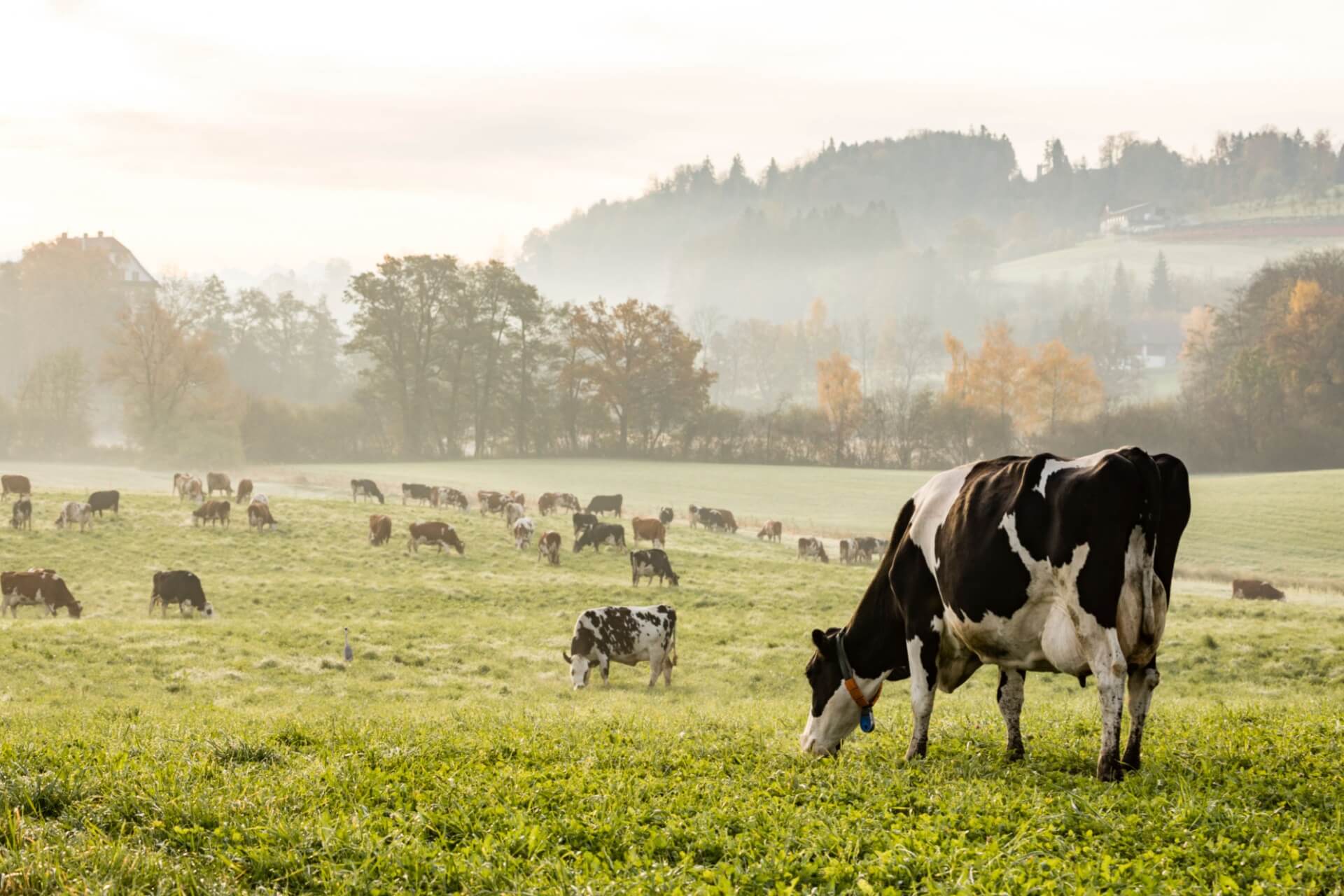
Babesiosis: A Dangerous Tick-Borne Disease Affecting Cattle
Babesiosis, caused by a protozoan parasite transmitted by hard ticks, poses a significant risk to cattle. Unlike other parasitic diseases, it affects adult cattle more severely, leading to fever, anemia, and even death. This article delves into the epidemiology, clinical signs, diagnostic methods, treatment options, and preventive measures for combating babesiosis.
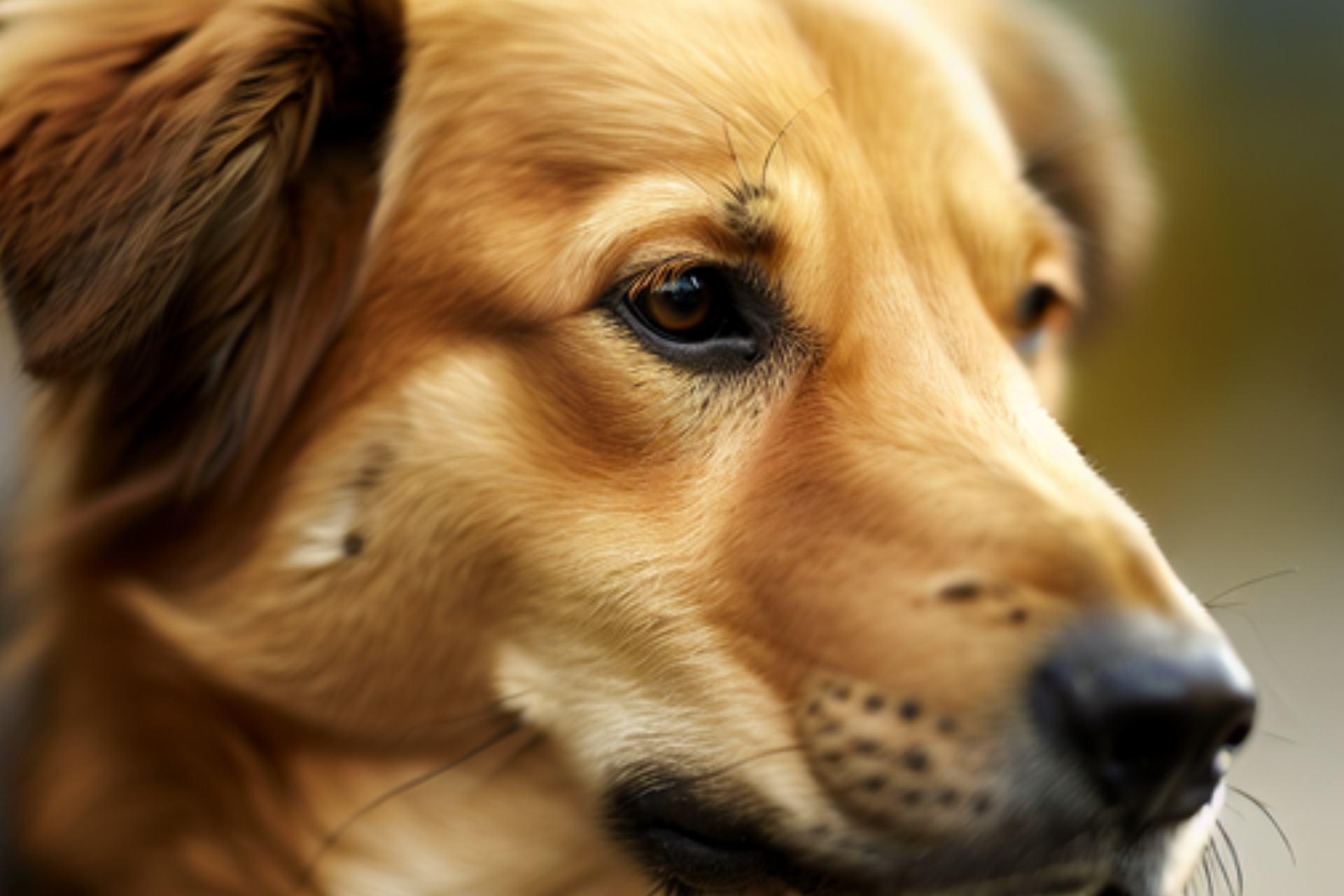
Canine Distemper Signs Symptoms Diagnosis and Treatment
Canine distemper is a contagious viral disease that affects dogs and can cause respiratory, gastrointestinal, and nervous system symptoms. This article provides insights into the signs, symptoms, diagnosis, and treatment options for canine distemper. Learn how vaccination plays a vital role in prevention and why immediate veterinary care is crucial for affected dogs.

Common Duck Diseases: Overview, Symptoms, Diagnosis, and Prevention
Ducks, like any other living creatures, are susceptible to various diseases that can impact their health and productivity. From viral infections like Duck Viral Enteritis and Duck Hepatitis to bacterial diseases like Duck Cholera, understanding the epidemiology, symptoms, and prevention measures is crucial. Vaccination, strict biosecurity protocols, and proper hygiene practices play a vital role in safeguarding duck populations. Timely detection and intervention, along with supportive care, contribute to maintaining a healthy flock and ensuring the well-being of these beloved birds.

Managing Lumpy Skin Disease in Cattle: Effective Treatment Options and Best Practices
Excerpt: Managing lumpy skin disease in cattle requires a multi-faceted approach. This includes understanding the disease, recognizing its signs and symptoms, implementing preventive measures, and following best practices for treatment and management. Vaccination, strict biosecurity protocols, and proper quarantine procedures are crucial. By working closely with veterinarians and adopting these strategies, cattle owners can effectively control and minimize the impact of lumpy skin disease, safeguarding the health and well-being of their herds.

